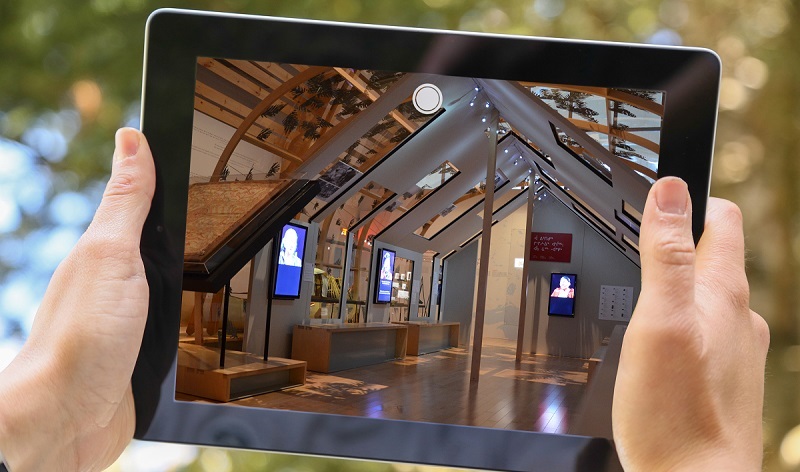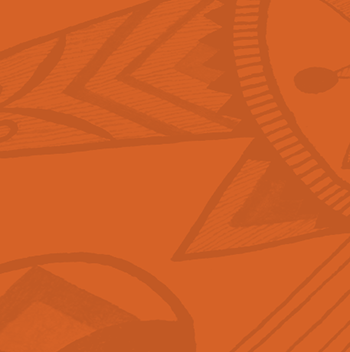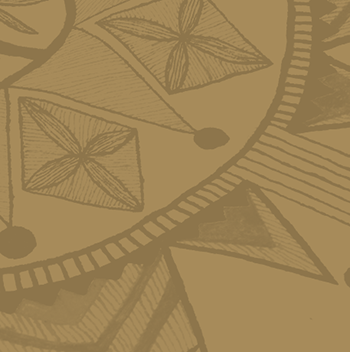Oujé-Bougoumou, Quebec – (December 10, 2021) – Aanischaaukamikw Cree Cultural Institute is pleased to announce the launch of our new interactive website. This new site features an extensive VR (virtual reality) tour of the facility. This complete redevelopment of the site has been made possible through generous support from the Mastercard Foundation and the Eenou-Eeyou Community Foundation.
The new Aanischaaukamikw website has vastly improved the user experience. Our online database, blogs, virtual tour, information about the collections, research, archaeology and more are now available to visitors regardless of their geographic location. The new site is mobile friendly and can be used on any device.
“The impacts of COVID-19 have highlighted a need to offer a true ‘virtual museum’. This means we can effectively reach people of all ages in new and more interactive ways,” explains Aanischaaukamikw President Alexander Moses. “We will now be able to hold virtual tours and workshops with students from schools in Eeyou Istchee, from across Canada, and from around the world. Access to the collections will be extremely valuable for community members seeking information about their cultural heritage as well as those interested in expanding their understanding of the Cree people of Eeyou Istchee.”
In the coming months, the website will have a fully functioning online store that will allow visitors to order arts, crafts, and souvenirs created by Cree artisans and craftspeople from the James Bay area.
To find out more about the Aanischaaukamikw website and the work of Aanischaaukamikw Cree Cultural Institute, please visit www.creeculturalinstitute.ca or contact Rob Imrie, Director of Programs, at 418-745-2444 or by email at rob.imrie@creeculture.ca
Aanischaaukamikw Cree Cultural Institute is the 30,000 square-foot cultural centre of the Cree Nation of Eeyou Istchee, mandated with heritage maintenance, including culture, language and traditional knowledge. It is the Crees’ primary location for preservation of documents, media, and physical objects, designed for preservation, conservation, research, and knowledge transfer.





